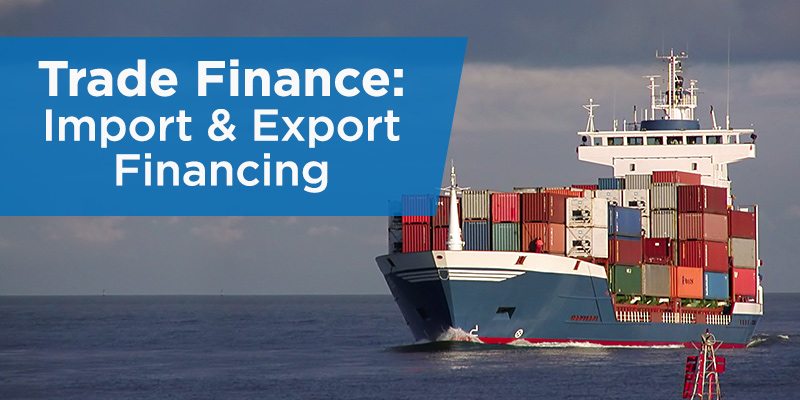Head down to your local bank manager, get moved to the business banker and then shuffled to the trade team. If you’re lucky, you’ll speak to someone who understands supply chain financing.
It shouldn’t be this difficult however, there are a few reasons why. Let’s dig in:
A common theme with traditional financing is the amount of available equity in your property assets you’ll require. Then comes your ability to service the loan based on your past trading profits. (your ability to repay the debt from normal cash flow activities less your expenses).
This is where it all starts; you’ll then explain that your forward orders or contracts will generate substantial cash flow or profits for the business – but this doesn’t seem to move the conversation forward.
Past trading history doesn’t mean you have a poor business, it just means that banks look at lending differently to some lenders outside of traditional financing.
You need to start navigating your way around other options if you get larger than expected orders or opportunities that far exceed your normal borrowing capacity.
It’s time to research specialised alternatives:
You need to sniff out the ones that look at your individual transactions or orders rather than your hard assets in order to finance purchases. These lenders are interested in lending purely on the orders/contracts.
If the capital you’re seeking is specifically for the transaction (inventory purchase), then the financier will be checking the terms of the orders/contracts. The strength of the buyer, payments terms and anything that might prevent payment, called “acceptance risk”.
Now that you understand how these lenders look at funding inventory without additional asset security, you will be better armed to start reaching out to providers.
The two options you should be looking for:
Purchase Order Finance (or import finance)
This option is almost always based purely on the strength of the order, type of goods and the business owners previous experience with importation or manufacturing goods through a third party.
Some criteria:
- Product/s must be pre-sold or have forward orders
- Product/s must be a finished product not subject to installation
- Preferably goods delivered directly to your customer/buyer or via a 3PL warehouse
- Buyers ordering goods must be very creditworthy e.g. Myer, coles etc.
- Previous experience importing preferred
See also: Purchase Order Financing Boosts Purchasing Power 10x
Stand-alone import facility
This suits businesses that have a one-off import requirement or don’t wish to factor invoices (or won’t have an invoice/s), common when importing equipment or a very large order.
This type of facility would be preferable as it can stand behind other bank or factoring facilities already in place.
Some criteria:
- No need for financed goods to be pre-sold
- Need to demonstrate how goods will be repaid after 180 days.
- Business needs to have clean credit
A stand-alone facility has two components. First, there is an (import) trade facility that operates for 90 days, once goods land it is then converted to an inventory finance facility for a further 90 days. This differs to purchase order finance above which involves a debtor or invoice which instead of “inventory” becomes a debtor finance facility.
So there you go, options outside of banks can be hard to find and speak to the right person can make the world of difference. Hopefully, this article can steer you in the right direction.
. . .
We regularly share our thoughts on trade finance, lending, company culture, product strategy, and design.
Stak works with clients that sell to some of the largest buyers in Australia & overseas.


